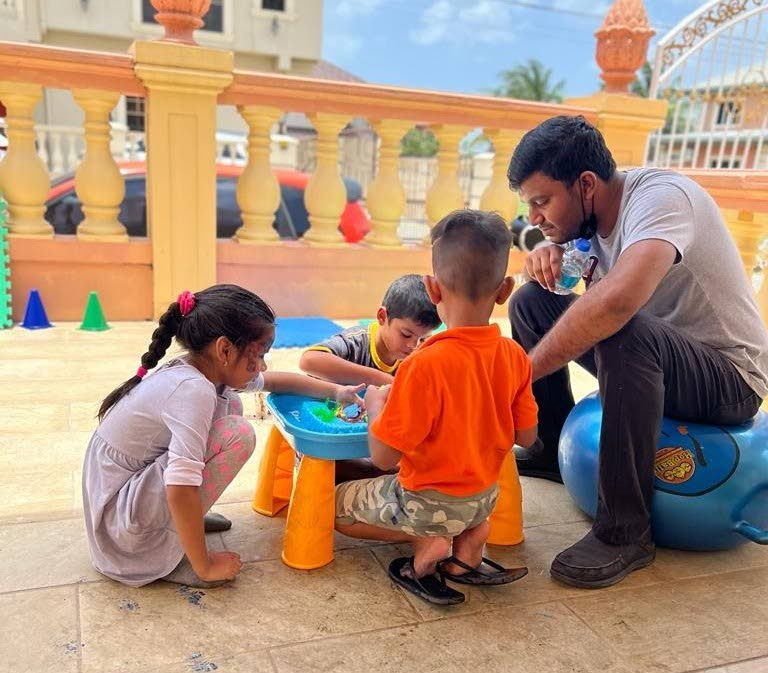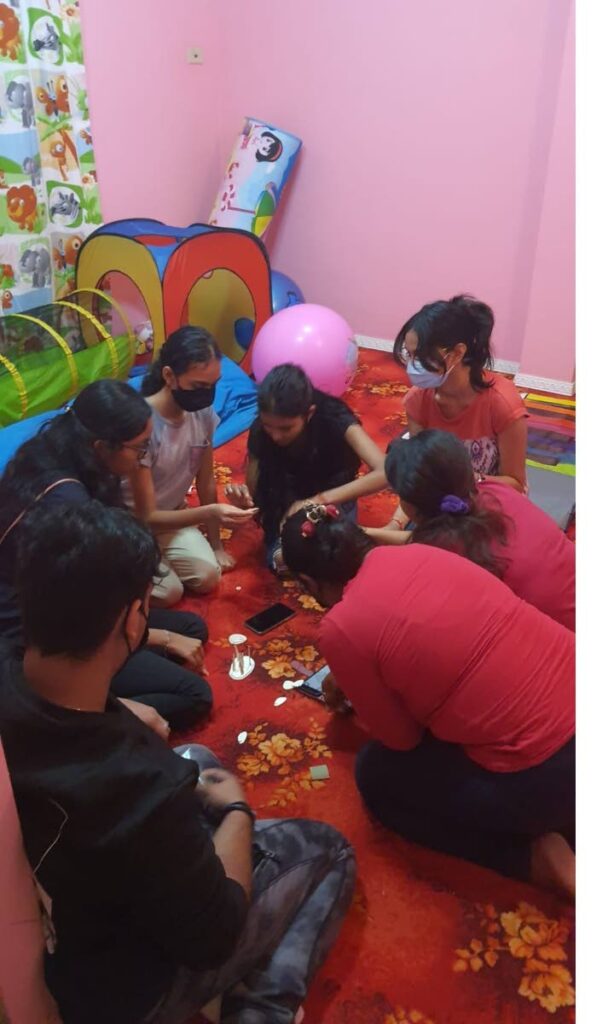The value of inclusion

DR RADICA MAHASE
Maya Angelou, “If we want to include everyone, we have to help everyone develop their talents and use their gifts for the good of the community. That’s what inclusion means – everyone contributes.”
Usually when we talk about inclusion, we think about accommodating people with disabilities and other special needs, ensuring that they have some access to opportunities as their neurotypical counterparts and how this will be beneficial to them.
Too often we interpret inclusion as creating opportunities separate from those available to neurotypical people. For example, in education we often think about establishing special schools especially for children with disabilities, as opposed to including them in a regular classroom setting with their neurotypical peers.
However, inclusion goes beyond this: the intrinsic idea of inclusion is that people with disabilities should be allowed to participate on all levels, alongside neurotypical people. Inclusion is based on integration as opposed to segregation. Real inclusion goes beyond accommodation.
Richard Woodley, in his book Understanding Inclusion noted that, “Being inclusive requires openness to the differences found in others, and indeed to recognising the differences within oneself. We are all unique and therefore all different. If we could only develop a society and a wider world that appreciated that difference as the norm, and not the exception, surely the world would be a better place. We are not naturally homogeneous: heterogeneity is the norm.”
Everyone can benefit from inclusion. When we allow neurotypical children to interact with children with disabilities, in the same classroom and school environment, everyone gets an opportunity to learn. When we allow children with disabilities into spaces that are typically for neurotypical people, everyone can benefit.
Inclusion would mean that the children with disabilities have an equal seat at the table, with access to the tools needed for their development, but it would also give neurotypical children the opportunity to learn about and accept differences.
According to writer Erin Aguilar, “Children learn from each other. With inclusion in place, children with special needs are provided equal opportunity to participate in the same types of programmes and activities as children without special needs. Some of the benefits of inclusion for children with (or without) disabilities are friendship skills, peer models, problem solving skills, positive self-image, and respect for others. This can trickle down to their families as well, teaching parents and families to be more accepting of differences.”
To achieve this, as a society, we need to get pass the fears and misconceptions that exist about people with disabilities. Too often parents keep their neurotypical children away from children with disabilities because they are afraid, and that fear comes from the fact that they just don’t understand.
One mother said she was always afraid her son would be attacked by an autistic boy in his class. It is only when she started reading about autism and spoke to the boy’s parents that she understood the child better and allowed her son to play with him. Today, he is her son’s best friend!
Inclusion in the workplace is just as important and beneficial to both neurotypicals and people with disabilities. Including people with disabilities in the workplace will provide an opportunity for neurotypical people to understand and accept those with differences. Neurotypical employees get a chance to become more open-minded, to learn and even to develop leadership skills.
Including people with disabilities as part of the workforce means that employers have access to unique skills and talents.
One employer said, “I didn’t really care to employ anyone with a disability, but a relative needed a job, and my company was his only option, so I brought him on. I didn’t have the patience to show him the ropes, so I asked a supervisor to handle that.
"Today he is one of my best workers. He pays attention to details, he’s neat, punctual, organised – I wish all my other workers were like him.”

For there to be real inclusion in our country, we must understand the fundamental meaning of inclusion, and this can only happen through education and interaction.
When we start to include all children, from a very young age, in the same school environment and social circles, they will have opportunities to interact with and learn from each other. Simply accommodating people with disabilities by providing just enough to appease them is only a temporary measure.
In the long term, for there to be real inclusion, there must be acceptance and integration. Society must value differences and see differences as the norm rather than the exception. Daily interaction, in the school and workplace, will help to change mindset and social stereotypes.
In the words of Diane Richler, “Inclusion is not a strategy to help people fit into the systems and structures which exist in our societies. It is about transforming those systems and structures to make it better for everyone. Inclusion is about creating a better world for everyone.”
Radica Mahase is the founder/director of Support Autism T&T


Comments
"The value of inclusion"